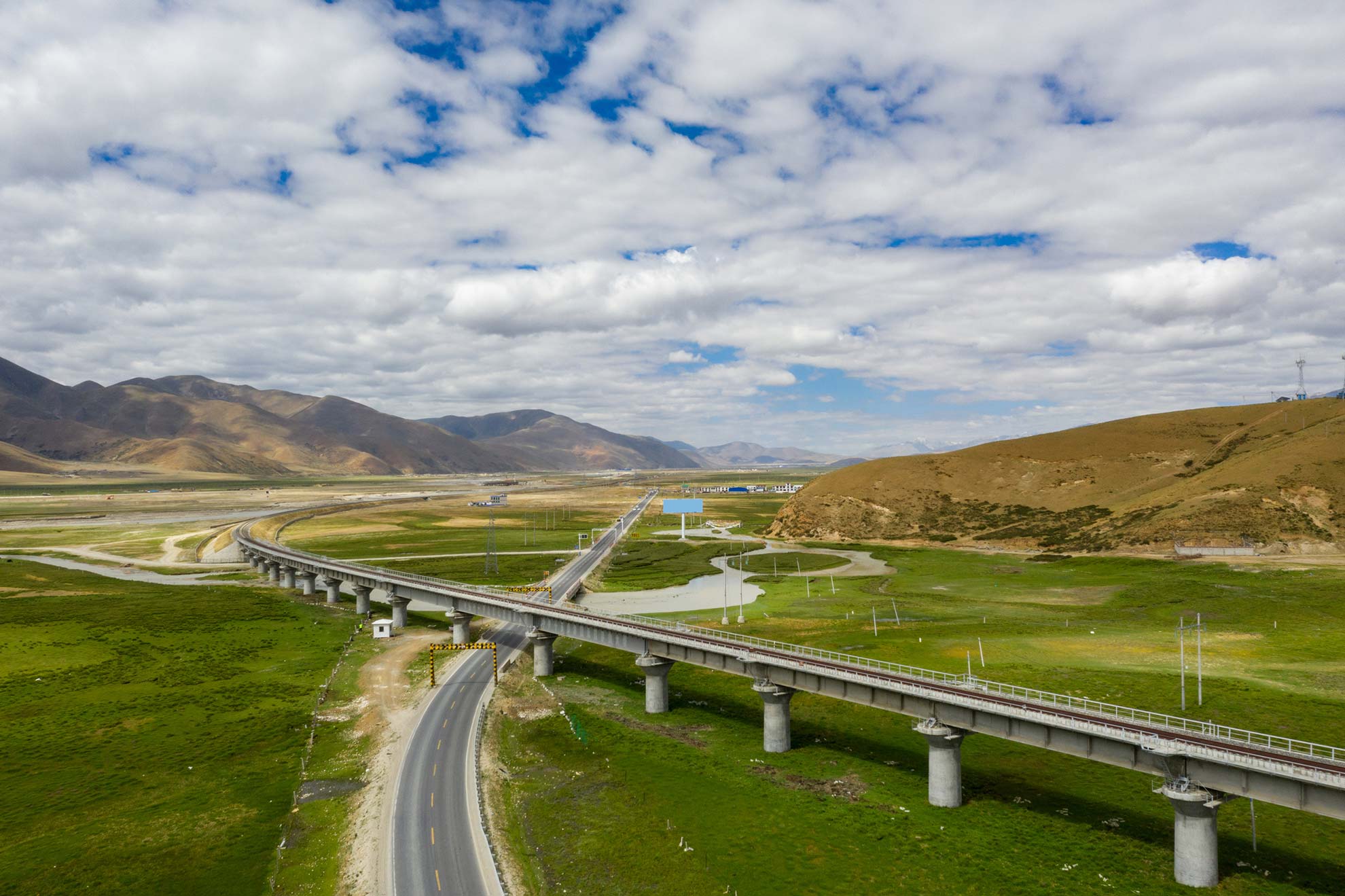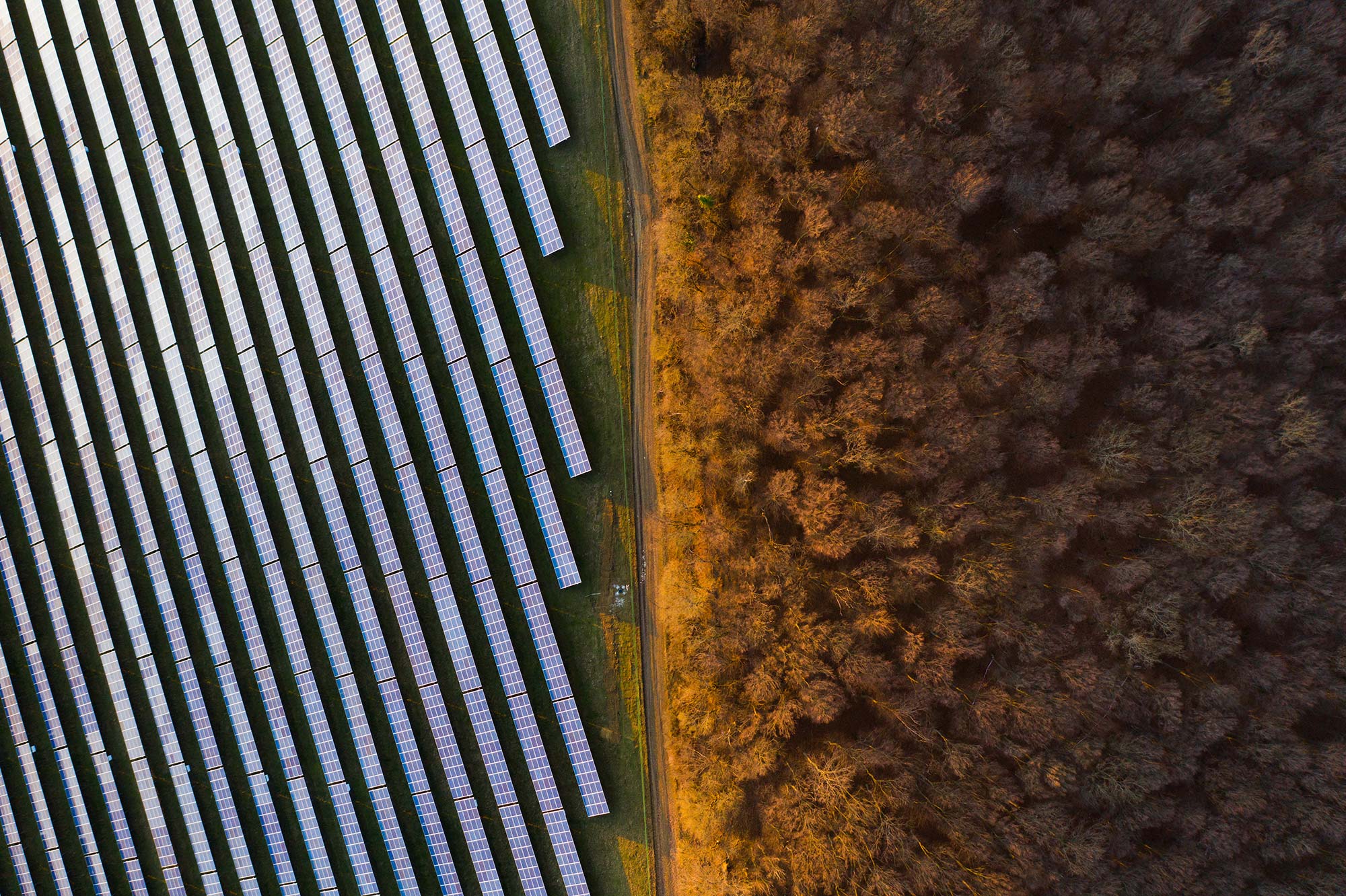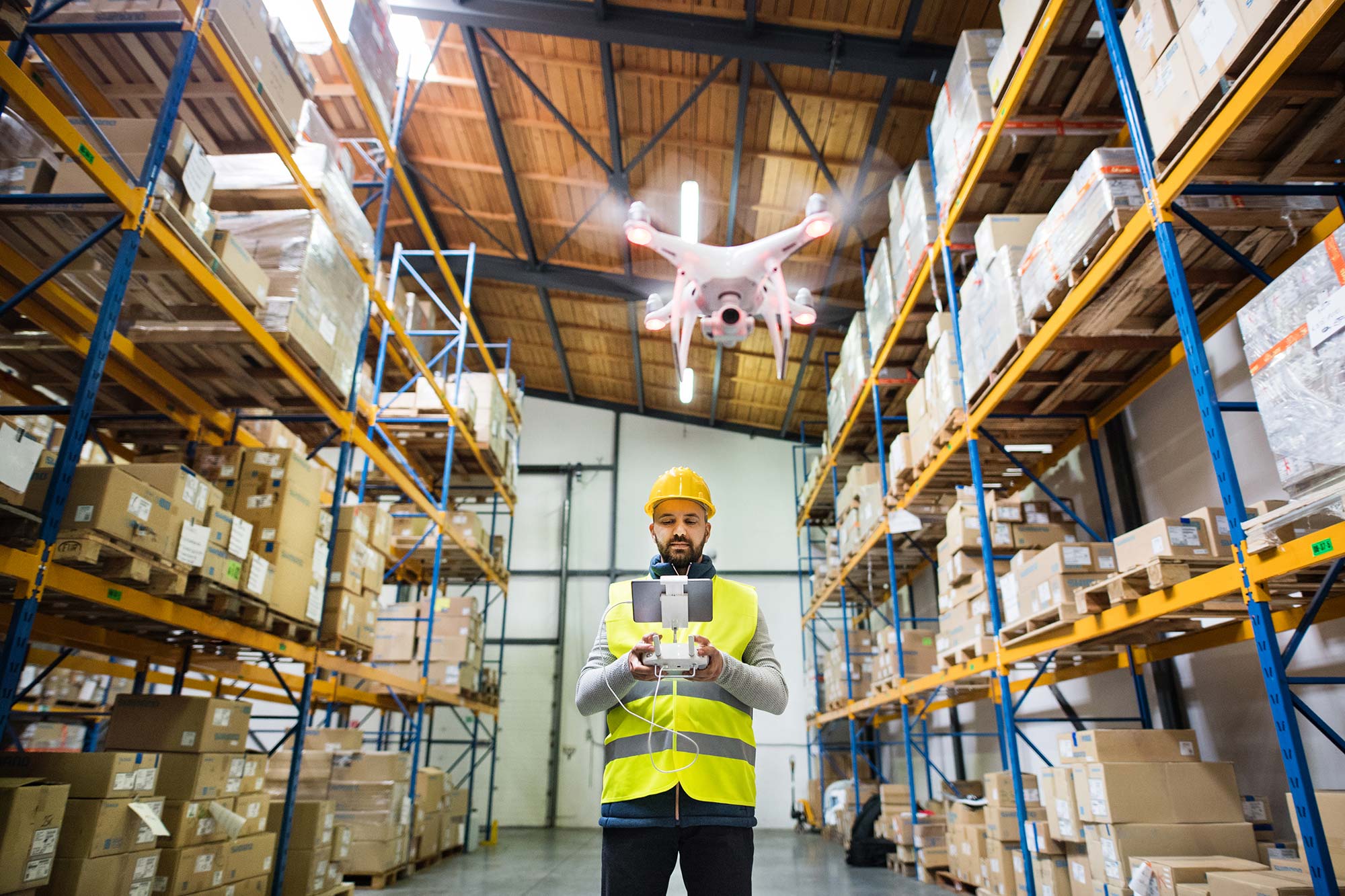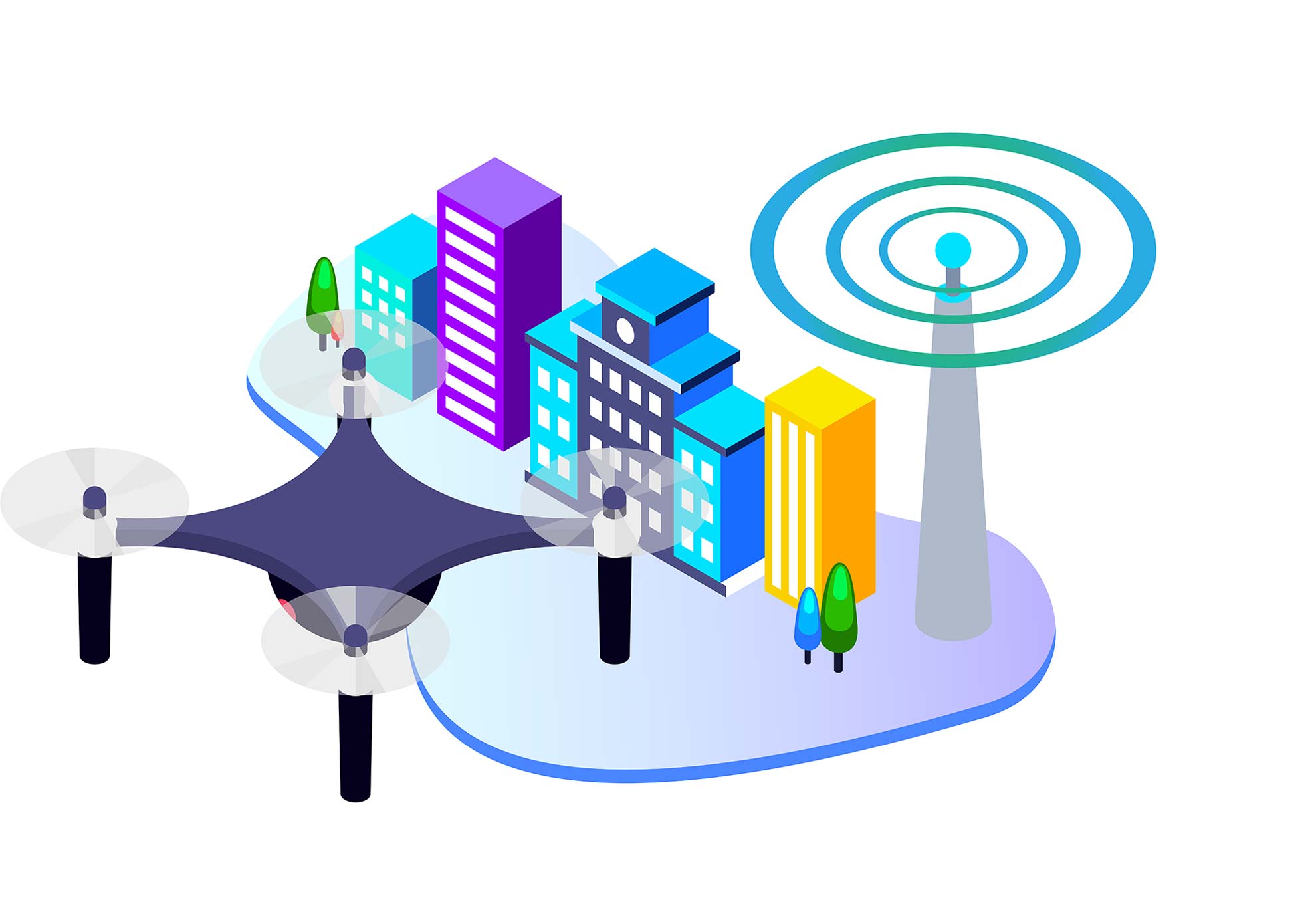
Inspection (thermal - infra)
An inspection involves checking something, i.e., examining and assessing something. We may inspect a building or organization to make sure that it meets specific standards. The inspectors need to ensure that nothing is faulty and that nobody is breaking any laws. They also have to make sure that whatever they are inspecting is safe. In the world of business, inspection is the critical appraisal of materials, items, or systems involving examination, testing, and gauging. Inspectors take measurements and make comparisons. Inspections are formal evaluations or organized examination exercises. The inspectors determine whether the item or material is in proper condition and of the right quantity. They also determine whether it conforms to the company’s, industries, local, or national rules and regulations.
Drone inspection Vs. Traditional inspection:
1. Drones minimize the obvious dangers and health risks
- Enable easy and safe inspections of tall and complex structures, especially the inspections of facilities such as oil and gas refineries, flare stacks, and pipelines.
- Eliminates the need for workers to physically access hostile environments, where factors such as height, wind, waves, weather, and radiation can lead to accidents or health issues.
- Drones can easily access difficult-to-reach areas while eliminating the need for a human to go there using the risky mechanical tools.
2. Collection of in-depth and higher detail data
- Equipped with obstacle avoidance capabilities are able to navigate very close structures, allowing them to capture minute details.
- They can take high-resolution images or 4K video that clearly show cracks, damage, misplaced wires and other defects at elevations and angles that humans cannot.
- This allows for collection of more comprehensive data without exposing the inspection team to risks.
3. Quick deployment or launch
- Drones are fast and capable of completing an inspection in 5-20 minutes. As such, an insurance company, construction engineer, lending company or prospective home buyer can easily request an inspection and get results in less than one hour.
4. Flexibility to suit a majority of inspections
- Drones have the ability of high or low altitude inspections and come in various sizes.
- In addition, the flexibility and ease of customizing with a diverse variety of tools allows them to be equipped with endless applications.
- This is very useful for building developers and rooftop inspections.
- Drones can take photos, capture video, take thermal images, transmit data, and other functions that enable them to collect and share information that would take days using conventional means.
5. Easily shareable data
- With standard software and analytical tools, images and other information collected from a project site can be used to generate standard reports that are easily shared across different sectors.
- The information can be customized for different industries, making it easier for professionals in any industry to easily interpret and share relevant data.
6. Use Drones for marketing and advertising along with inspection
- Other than inspections for maintenance and other purposes, drones can provide outstanding video footage for marketing initiatives. In real estate, for instance, high-quality images and cinematography will give potential investors, whether buyers or tenants, a better view of properties they are considering.
7. Inspection on the go
- Most manual inspections require shutting down equipment or systems to avoid damage or injuries to the inspection personnel. However, drones can safely inspect complex systems, such as wind turbines, radars, communication towers and other infrastructure, while they are operating. This means that inspection does not interfere with services or production.
8. Ability to inspect difficult to reach and hazardous areas
- Drones are making it possible for professionals to easily collect aerial data in places where it would be logically impossible.
- It is less risky and safer to use drones in hostile environments for applications, such as radiation monitoring, inspecting high-voltage lines, and other installations that can cause injuries or health problems. Manual process would require more expensive equipment and protection gear.
9. Save time and money
- Drones minimize the high cost and time required to erect ladders, access towers, swing stages, aerial lifts, and other heavy equipment.
- In addition, you do not have to hire or acquire ladders, heavy equipment and large pickup trucks for every inspection. Since the job takes less time, it means that you can inspect more assets in one day.
Types:
- Manufacturing facilities
- Refinery
- Wind turbines
- Solar farm
- Telecom towers
- Power grid transmission lines
- Bridge inspection
- HVAC inspection (HOME VENTILLATION AIR CONDITIONING)

WIND TURBINE INSPECTION
Traditionally, wind turbine inspection has been a slow process that is inherently dangerous. Often, wind turbines would need to be inspected manually, both during maintenance and construction. Today, using drones for wind turbine inspection can vastly speed up the process, making it both easier and safer.
This post will take a look at the advantages of using drones for wind turbine monitoring and maintenance.
Carry Out Maintenance Up to Four Times Faster
Through drones, wind farms may be able to conduct their standard operations and maintenance inspections up to four times faster. Drones can be deployed either in a broad spectrum over the entire landscape or to inspect a single wind turbine if there have been incidents recorded. Drones can easily inspect wind turbines with the accuracy and acuity of a manual inspection, without putting a worker at risk or requiring them to access the turbine itself. Not only does this reduce the dangers associated with inspection and maintenance, but it additionally reduces the prospect of accidental damage to the turbine.
Improve the Safety of Your Worksite
Every business wants to improve the safety of their operations for their employees. Drone technology uses completely unmanned solutions that represent no danger to the operator, which makes them highly preferred in terms of safety. Not only does this improve the worksite for employees but it also reduces delays.
Can Provide High-Resolution Imagery
Apart from reducing the safety risk to personnel, Drones produce high-resolution imagery of areas that personnel may not otherwise be able to reach. They can capture all angles and areas of a wind turbine, even those that a human being wouldn’t be able to access.
Photos, videos, and live streams can be captured that are extremely accurate and in very high-resolution, which can aid in the diagnosis and discovery of problems. Comparatively, a manual technician will only be able to diagnose and identify what they can see when they inspect the turbine.
Further, drones can be used to cut down on potentially unnecessary inspections, as they can be used to investigate alarms or potential damage and to report back quickly.
Creating Scans and Simulations
Through high-resolution scanning and simulation technology, drones can be used to create models of a wind turbine project, which can further be used to analyze the current maintenance and operational solutions and find improved operational strategies.
Reviewing Large Areas at Once
Drones can cover a lot of ground quickly, making them ideal for larger wind farms. What once would take human team days to inspect can be done by a UAV in the matter of hours. By conducting these inspections regularly, businesses can key into potentially dangerous or costly issues before they become serious, saving them money.
Windmill gets strike by lightning:
https://www.youtube.com/watch?v=tT5bjHyvaC4
When a lightning storm passes near a wind turbine, the storm imposes a strong electric field on the turbine and blades. This electric field is amplified near the blade tips, causing the air by the tip to ionize and form energetic, high-voltage streamers and leaders, otherwise known as near strikes.
This continues for nearly every rotation of the blade for periods of a few minutes up to a few hours. The researchers also found that near strikes can occur even when a lightning storm is several kilometers away.
Not surprisingly, near strikes place considerable electrical stress on a blade’s composite structure. The electrical fields exceed the dielectric strength of the blade materials, creating permanent electrical fissures within the resin system. As near strikes occur over time, a wind blade’s structure becomes electrically porous, allowing electrical energy to pass through with ease.
In most cases, near-strike damage isn’t visible from the ground and can easily be missed during routine inspections. Even during up-close examination, the only visible effect will be minute burn marks or holes, which can often go unnoticed.
With lightning strikes expected to increase by 50% due to climate change (according to a 2014 study led by University of California Berkeley, and published in the journal Science), protecting turbine blades is becoming even more essential. Preventing repetitive near-strike damage to blades is crucial to decreasing downtime and extending turbine performance.

SOLAR PANEL INSPECTION
Regular inspection of the photovoltaic panels ensures that any defects with the potential to cause a reduction in solar power yield are quickly found and repaired.
- Increase efficiency: Drones collect data more than 50x faster than manual methods. Solar farms are typically very large installations, so a drone equipped with an appropriate thermal camera can scan the site for defects much faster than using a thermal camera on the ground.
- Get better quantity & quality information: Efficiently identify issues manual processes might miss.
- Avoid hazardous man-hours: Conduct surveys and inspections without being exposed to potential danger.
- Reduce costs: Not only in inspection, but maintenance, equipment and potential shut downs.
- Store, track & distribute data: Manage data with a secure portal and convenient reporting.
When it comes to increasing efficiency and enhancing data capture, drones have major advantages. For instance, thanks to the sophisticated payloads they can carry, drones let solar panel inspectors obtain both thermal and RGB (visible light) data.
And while thermal imaging is crucial for solar panel inspections, RGB is essential to give a complete picture of what is happening on your site.

BRIDGE INSPECTION
Traditionally when inspecting bridges, there is a choice between using an aerial work platform (AWP) or under-bridge inspection vehicle, ladders or rope access. This choice is dependent on the type of bridge, the access needed, and crews’ ability to close lanes of traffic.
On state highways, under-bridge inspection vehicles, or snoopers, are typically employed. However, if a bridge is small enough, it might only require ladder or rope access.
Regardless of the method used to carry out the work, the associated costs and dangers remain a challenge. AWPs and snoopers are likely to require lane closures, and the equipment itself is expensive to maintain and run, while ropes require a high level of training and expertise to be used safely.

POWER LINE INSPECTION
The importance of regular inspections and timely maintenance is crucial to reduce resource input, keep costs down, and restore electricity quickly. Today’s methods, however, are suboptimal. Most power grid operators rely on a combination of on-the-ground staff and low-flying helicopters to inspect their power lines. There are several drawbacks with these methods:
Slow outage management: Due to their size and weight, helicopters are far from optimal for carrying out power line inspections. Adverse weather conditions and operations in areas of narrow passage enhance these shortcomings. Helicopters operating without cameras require inspectors to physically climb masts to identify faults. Helicopters equipped with cameras still require a massive manual job to analyze photographs.
Workforce safety hazards: Working in challenging terrain and weather conditions are two of the reasons why power grid operators face high risks. With 30 to 50 workers in every 100 000 killed on the job every year, according to T&D World(statistics) utility line work is one of the top ten most dangerous jobs in America.
Disparate systems: It is not uncommon for utilities to use different systems throughout its inspection process. From planning to detailed ground crew work orders, data and information travels through a number of systems that are completely isolated. When the system portfolio is unsynchronized, it makes the analysis process unnecessarily cumbersome and time-consuming. Ideally, all the inspection process stages should be integrated into a synchronized system.
Advantages of using drones:
- Minimize human errors and exposure to hazardous situations.
- Transfer inspection data into any digital asset management system for in depth analysis.
- Locate erosions, cracks and general wear & tear with high resolution cameras.
- Detect unseen electrical malfunctions with Thermal and corona cameras.
- Detect assembly errors and reach dangerous or areas difficult to access with 30x zoom cameras.
- Quickly identify and prevent outages from intruding vegetation that could interfere with power lines.
It’s possible only with Ferro magnetic resistive drone. that is dji m210 with d rtk module

TELECOM TOWER INSPECTION
For every climb, there is a risk. With even the most elite safety training and the most advanced technology, human error, mechanical failure, and countless unforeseen issues can cause a fall. With drone inspections for telecom towers, however, the need for another climb is eliminated.
Instead of climbing 2,000 feet into the air, technicians can safely operate a drone equipped with high-resolution imaging and video technology. This imaging can then be used as a diagnostic tool; it may not give all the answers, but it is certainly a start, and one less climb is one less risk.
The application of drone technology is limited only to human ingenuity, but current uses include hazard inspections, structural inspection, and moving tools and equipment from the ground to the top and back again, which is a difficult task that further enhances the risk of fatal accidents.
There is also the notion that because drones reduce the repetitive nature of climbing towers on a regular basis, they may also reduce the chances of carelessness. Theoretically, this could reduce the rate of accidents for every climb.
- provides the customer with massive cost-saving opportunities
- dramatically improves survey quality and resolution
- dramatically reduces the risk profile of such an inspection as no personnel are required to climb the structure
- provides a risk-free way of checking the true condition of a tower whose structural integrity is in question
- offers the ability to capture and document a structure in high resolution for future analysis and comparison, which is not the case with close visual inspections
Drones vs. Tower Climbers
Drones are the wave of the future, but they likely will not replace tower climbers completely, at least not in the near future. Companies are beginning to use drones sparingly, sending up tower climbers when necessary. It is possible that drones will help companies use tower climbers more efficiently in the future. Tower climbers will still be needed to make necessary repairs that are found by drones. Limiting their time spent on the towers can limit the risk of injury.
Storm Damage
Drones were recently used in North Carolina and South Carolina to inspect towers for damage following Hurricane Matthew in 2016. The drones were sent to inspect the towers because of severe flooding in areas of the two states where workers could not gain access. When storm damage was inspected, the drones recorded high-resolution photos of the damage as well as live stream high-definition video of the cell sites.
Find Birds’ Nests
Believe it or not, birds’ nests are a problem for telecommunications companies. Cell towers are the perfect place for birds to build nests because the only other predator that could bother the nests are birds. Telecom companies are also using commercial drones to find birds’ nests on their towers and their exact location. It’s better to send a drone up the tower and determine the nest is not doing any harm than sending a climber up to find the same information while risking injury.
LET'S COLLABORATE
Got a project?
We’re a team of creatives who are excited about innovative ideas and help our clients to achieve their target.


